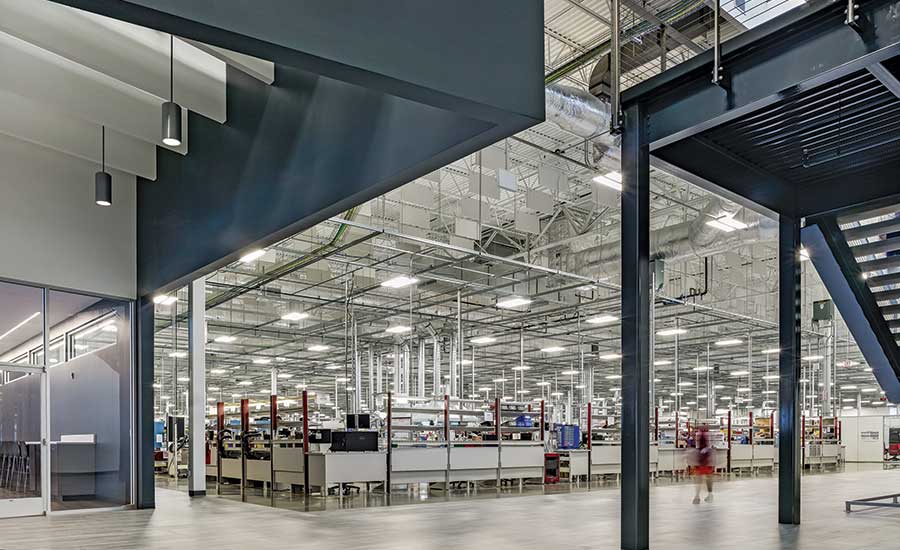Political efforts in Washington, D.C., to alter trade and tax policies, coupled with improving global economic conditions and continuing demographic trends, could prompt manufacturers to increase investment in U.S. facilities. For example, the National Association of Manufacturers thinks President Trump’s efforts to cut regulations can help, with CEO Jay Timmons noting increased job growth.
But six months into the new administration, that prospect remains but a hope, say designers of industrial facilities.
Commenting on the potential for positive impacts as a result of altered federal policies and regulation, Larry Denton, president of the process group at Detroit-based Ghafari Associates, said, “The answer is, really, no one knows.”
Related Link
ENR 2017 Top Design Firms Sourcebook
“We do see some customers taking a wait-and-see position as the policies of the new administration play out,” adds Annette Allen, vice president of business development for Fluor’s life-sciences and advanced manufacturing business line.
The potential for tax reform, however, has some companies looking at the U.S. for the first time in years, notes Sean Sommer, vice president of business development for consumer goods and manufacturing at Jacobs. “A year ago, it would not have occurred to them to look at the U.S. for investment due to tax incentives abroad.”
If the U.S. renegotiates the North American Free Trade Agreement, for instance, Ghafari’s Denton sees “a large opportunity for American manufacturers.”
However, U.S.-based manufacturing facilities will need to compete on efficiency, Denton says. “The idea is to make the product here as efficiently or more efficiently than somewhere else. There will be opportunity for firms that can unlock those efficiencies,” he says.
For instance, redesigning a client’s plant processes can generate a 5% to 20% reduction in costs, he adds.
While politically induced improvements may evolve over time, better economics and ongoing demographic trends are definitely driving ongoing manufacturing investment in the U.S.
“We’re seeing increased activity in the life-sciences segment, primarily as a result of oncology and diabetes product demand,” says Allen. Fluor recently began work on Novo Nordisk’s $2-billion diabetes-drug manufacturing facility, located in Clayton, N.C.
The aging U.S. demographic continues to prompt increased research-and-development spend in the life-sciences sector, which Allen calls a “real driver” for capital investment. At the same time, during 2016, a sharp drop in the number of Federal Drug Administration-approved drugs is “probably going to result in a taper of big projects,” she says.
In other markets, aerospace and automotive manufacturers are driving investments in the production of carbon-fiber materials, Allen says.
Often, clients are looking to incorporate lean concepts into an integrated project delivery method for construction.
Adds Sommer, “We must always strive to be more lean, efficient and competitive. This is the only way we will continue to drive better project schedules and overall cost.”







